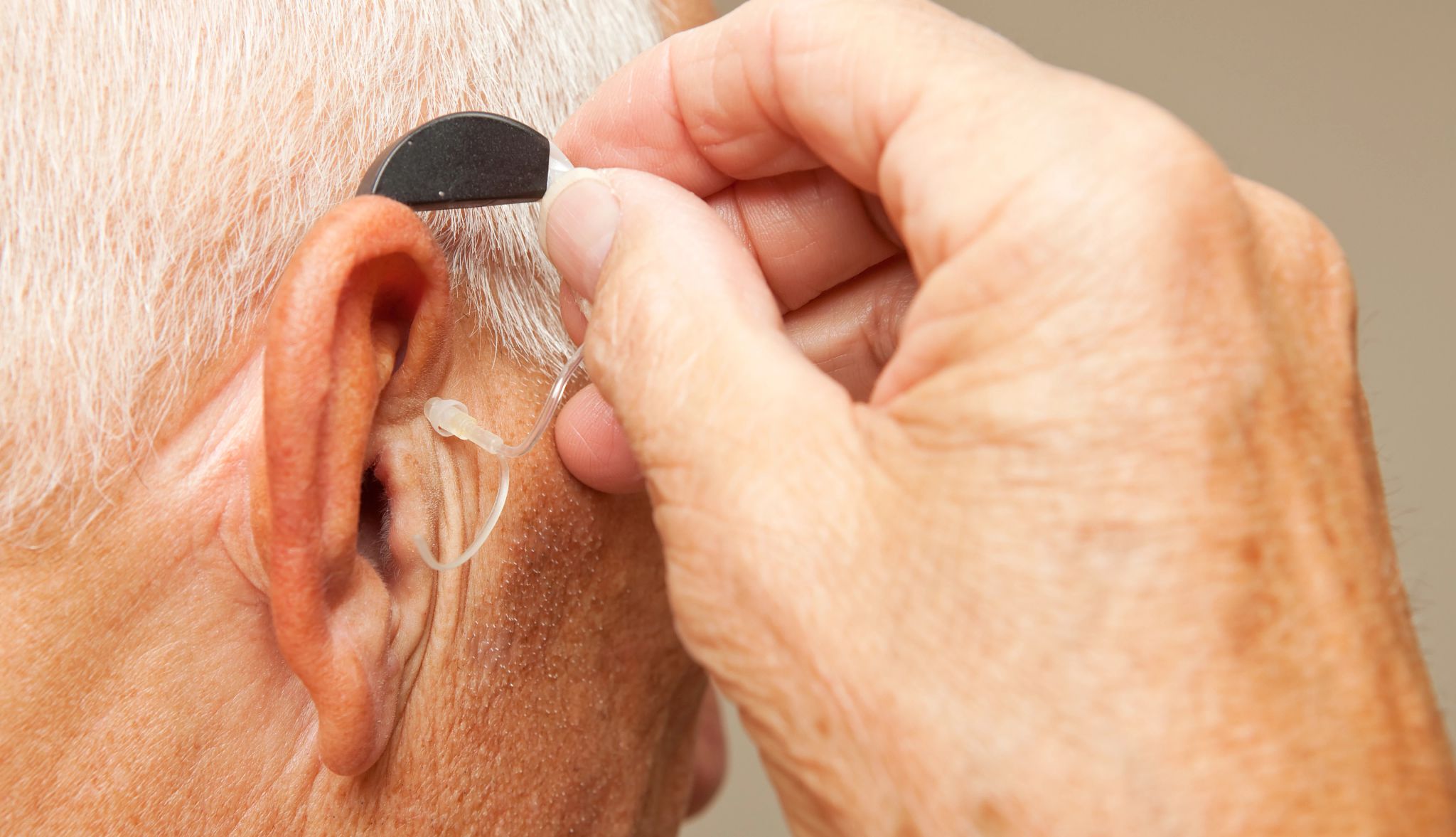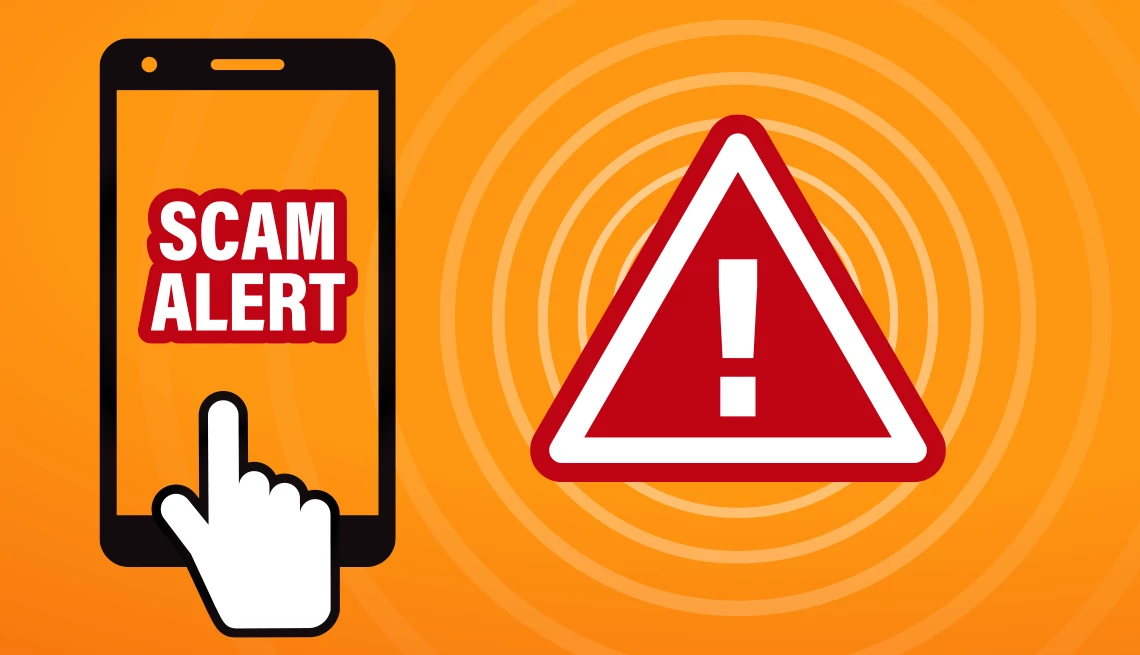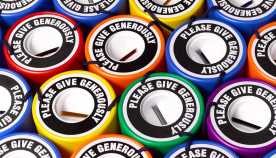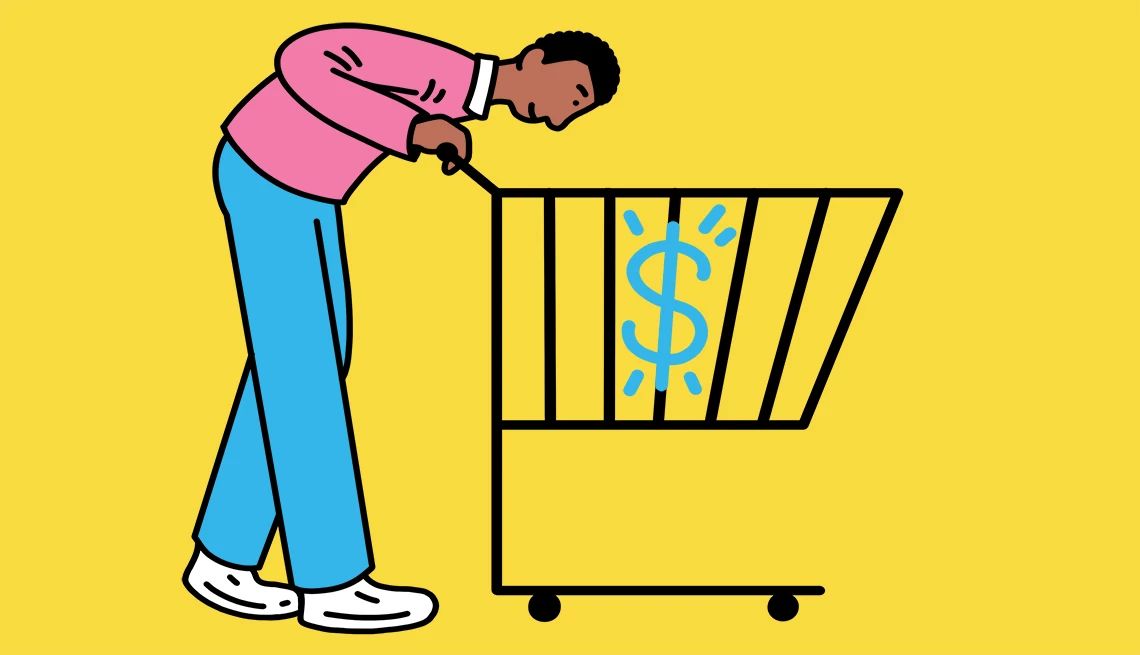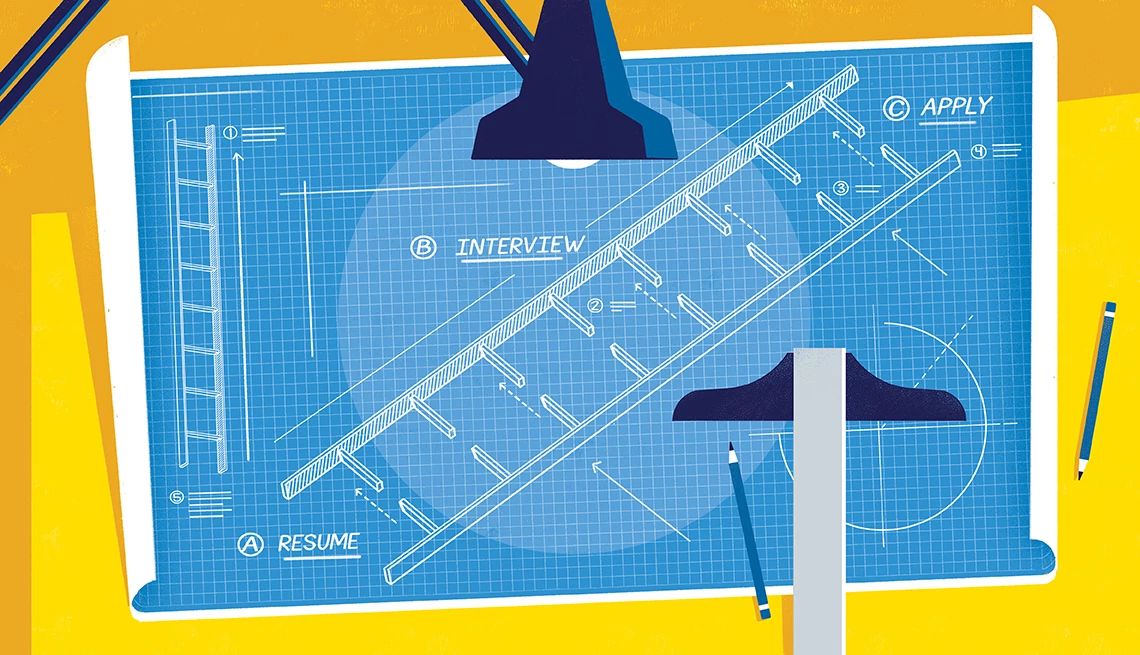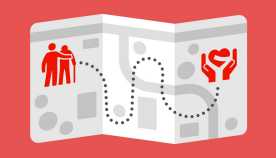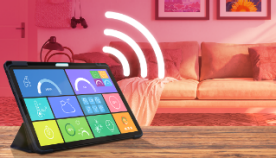AARP Hearing Center

Several scams rely on convincing a person to deposit a check as a first step of the crime. The scammers then convince their target to use the money in a specific way.
For example, in some work-from-home scams, the “company” will send a check for deposit, and then once it clears, they direct the target to purchase needed office equipment from the company’s catalogue.
The catch? The check was fake and it bounced, and the equipment catalogue was fake, too. The money the target spent on equipment came from their own pocket. And, the equipment never comes.
Even though a check deposit may appear to be cleared on your banking app or website, the process can take several weeks. The criminals rely on most of us not knowing this, so they get us to deposit and then quickly transact against the deposit. When the check is determined to be fake, the target is out that money.
Be suspicious anytime someone wants to send a check that you then must act on with some immediacy – making purchases, paying a fee or sending funds to a third party, for example.
Related Article: Read This Before Accepting a Stranger's Check
Be a fraud fighter! If you can spot a scam, you can stop it.
Report scams to local law enforcement. For help from AARP, call 877-908-3360 or visit the AARP Fraud Watch Network.




